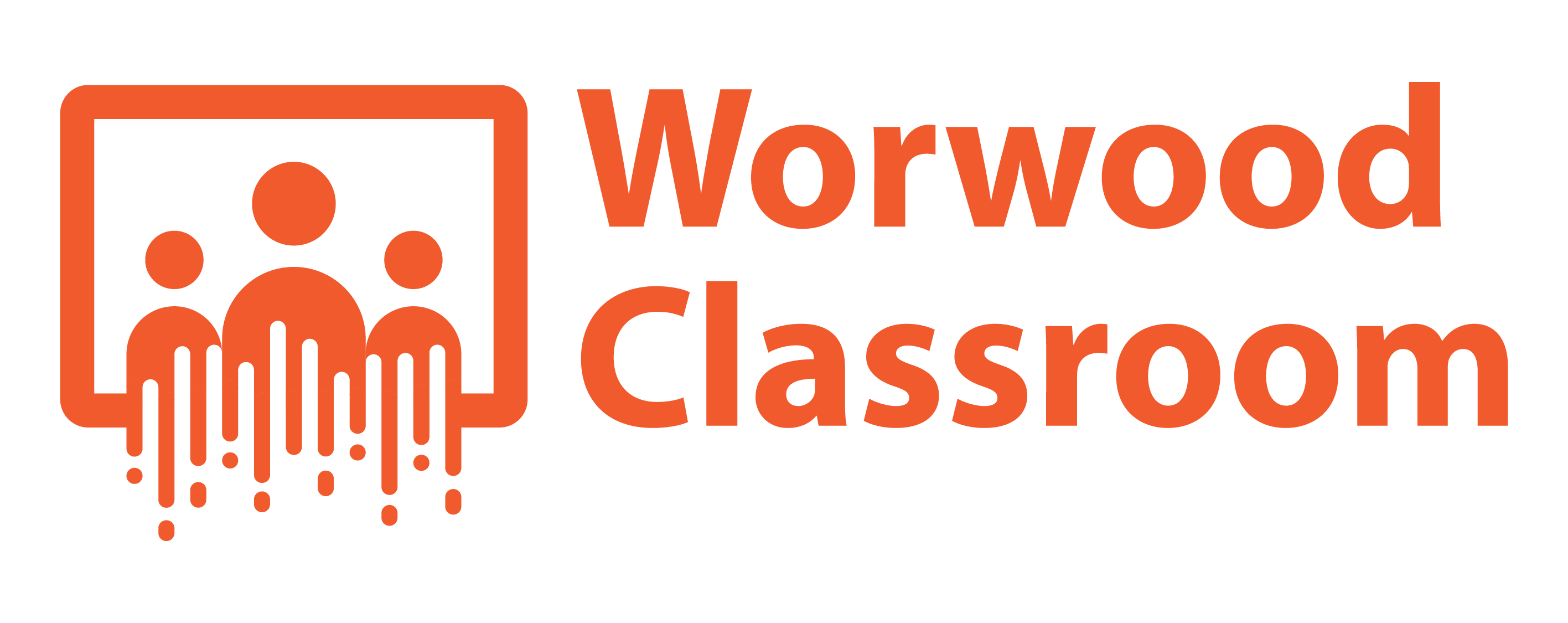The Future of Personalized Chatbots in Education: An AI Scenario PlayQuest
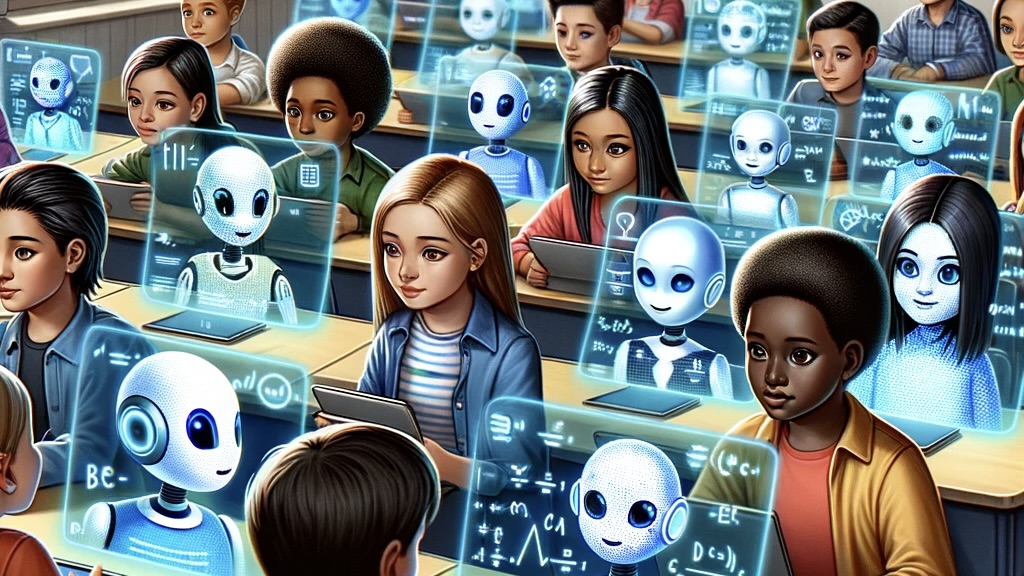
Personalized chatbots in education will assume different personalities, with options to select gender, humor, and language. And thinking about language, what new learning experiences will exist once we finally have a tool almost identical to Star Trek's Universal Translator
Matthew Worwood Tweet
In this post, I engage in an AI Scenario PlayQuest, where I envision using an AI tool in a future learning event and play out the scenario (i.e. personalized chatbots). This activity can reveal some exciting prospects for the future of learning in the age of generative AI and also identify future questions and challenges that we need to address.
Personalized Chatbots
In one of my DIY documentaries (Class of 2032: Schooling for a Digital Culture), I explored the future of education, which focused a lot on social media and how students engage with informal learning via platforms like YouTube. I captured this clip in 2016 to demonstrate some behaviors I observed with my eldest son during his early years of interacting with online information.
Reflecting on this clip and our relationships with virtual assistants like Alexa, Cortana, and Siri, I don’t anticipate longevity in interacting with platforms like ChatGPT via a keyboard and screen. Throw in the personalized experience we enjoy when we engage Google or visit our social media feed, and it is understandable why much of the discussion about the future of AI centers on virtual assistants, similar to Javis in Iron Man (including discussions about virtual assistants in education).
Chatbots in Education
In a recent episode on the Fueling Creativity in Education podcast, Dr. James Diamond spoke about personalized chatbots in education, and this led to a conversation about the appropriate age for young children to interact with personalized chatbots. If we’re honest, we don’t know, and it’s impossible to answer that question, but I suspect many will.
Sticking with the general concept of personalized chatbots for a little longer, consider concerns about social media filter bubbles; imagine how this situation might play out if most of our information comes exclusively from an AI assistant potentially influenced by paid advertisers or folks that have “cracked” the code.
From another perspective, personalized chatbots in education (come personalized learning assistants) will likely learn to fill in the blanks and offer critique to work before a student hits submit; if they know the objectives of an assignment, they might challenge the student when they fall short or encourage them to integrate more diversity into a creative story for example.
These chatbots will assume different personalities, with options to select gender, humor, and language. And thinking about language, what new learning experiences exist once we have a tool almost identical to Star Trek’s Universal Translator – after all, part of the progress with Large Language Models has come through language translation efforts.
We might never have to worry about speaking or writing in a single language again. Consider the voices and perspectives now heard and more readily available to our classroom environments.
See Also:
Introducing AI Scenario Playquests
Regulating AI in Education
Reducing barriers to learning provides an obvious segway into the digital divide and quickly into achievement gaps. Still, because this situation is much more complex, I’ll save it for another AI Scenario Playquest!
So, to conclude on personalized chatbots in education, I anticipate the “chatbot wars” coming in a way similar to the early “browser wars.” I suspect that certain technology giants will produce the main personalized chatbots that either continue to access our data to supplement costs or require money to update regularly. How much personal data we share with these platforms will hopefully be a choice of everyday users – but I doubt it. And for those who have signed up to Bard, you might have already signed up to share your data anyhow.
Without access to personal data, I expect a cost – perhaps connected to updates – but we won’t have to worry too much about personalized advertising if we pay for these tools (though this might require some regulation). These generalized chatbots will have customization features (though perhaps at a cost), and I fear they will compete with more learning-based chatbots in a way that TikTok competes for student attention outside of school.
However, moving away from the products I foresee most likely produced by the big technology giants, I am excited about the prospect of smaller independent chatbots that are more specific to students and formal learning environments. These will address data concerns and issues with AI ethics. They will likely be set at age-appropriate levels and perhaps train students to interact with these tools before they engage with the more popular social media-driven chatbots I explored above.
Imagine a teacher who can customize personalized chatbots from their desk for each student. Consider the protected data these chatbots might offer the teacher and how they can enhance immediate and ongoing feedback. They could also address parents’ questions about how their child is doing on a current math topic. We can think about the interactions students might have with these chatbots that go beyond changing voices and personalities; perhaps it is an avatar on a screen, a hologram, or a robot. And how might these chatbots continue with the child as they progress through the grades (wow, this is fun)? Might they learn enough about the child’s talents and interests to propose a higher education degree (oh no, might that lead to advertising??!!! Yikes)?
This type of chatbot excites me regarding learning and my focus on supporting student and teacher creativity in the classroom. And, this chatbot is a tool, much like past tools, designed to enhance student learning and in the control and direction of a super smart and passionate educator. I say that again; this personalized learning tutor is a tool in the control of a responsible adult!
So I now invite you – the reader – to engage in your own AI Scenario Quest about the future of Personalized Chatbots in education.
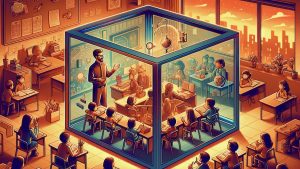
Thinking Inside the Box: Teachers as Designers
Teachers are designers. We even have a related field of study called instructional design. Design is about solving problems and solving problems within the constraints of a box. That’s why teachers must think inside the box.
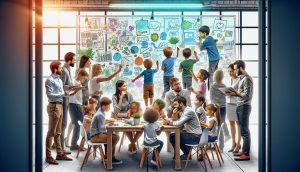
Evaluating our approach to teaching Divergent Thinking
Why it might be time to re-evaluate our approach to teaching Divergent Thinking in
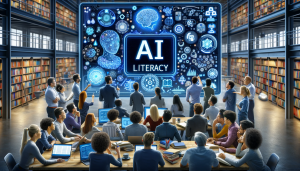
AI Literacy, Co-Creativity, and Generative AI
AI Literacy can help students know when they are most likely to experience errors, bias, and the potential for misinformation, which might help emphasize the value of human judgment. And understanding how generative AI uses prompts to make predictions can assist future creatives in ideation.
Matthew Worwood
I am a professor of Digital Media Design with a research focus on Design Thinking, Teacher Creativity, and technology-assisted creativity. I co-host the Fueling Creativity in Education podcast, blog at DadsforCreativity.com, and I have almost two decades of experience developing new innovative programs across the grades.
